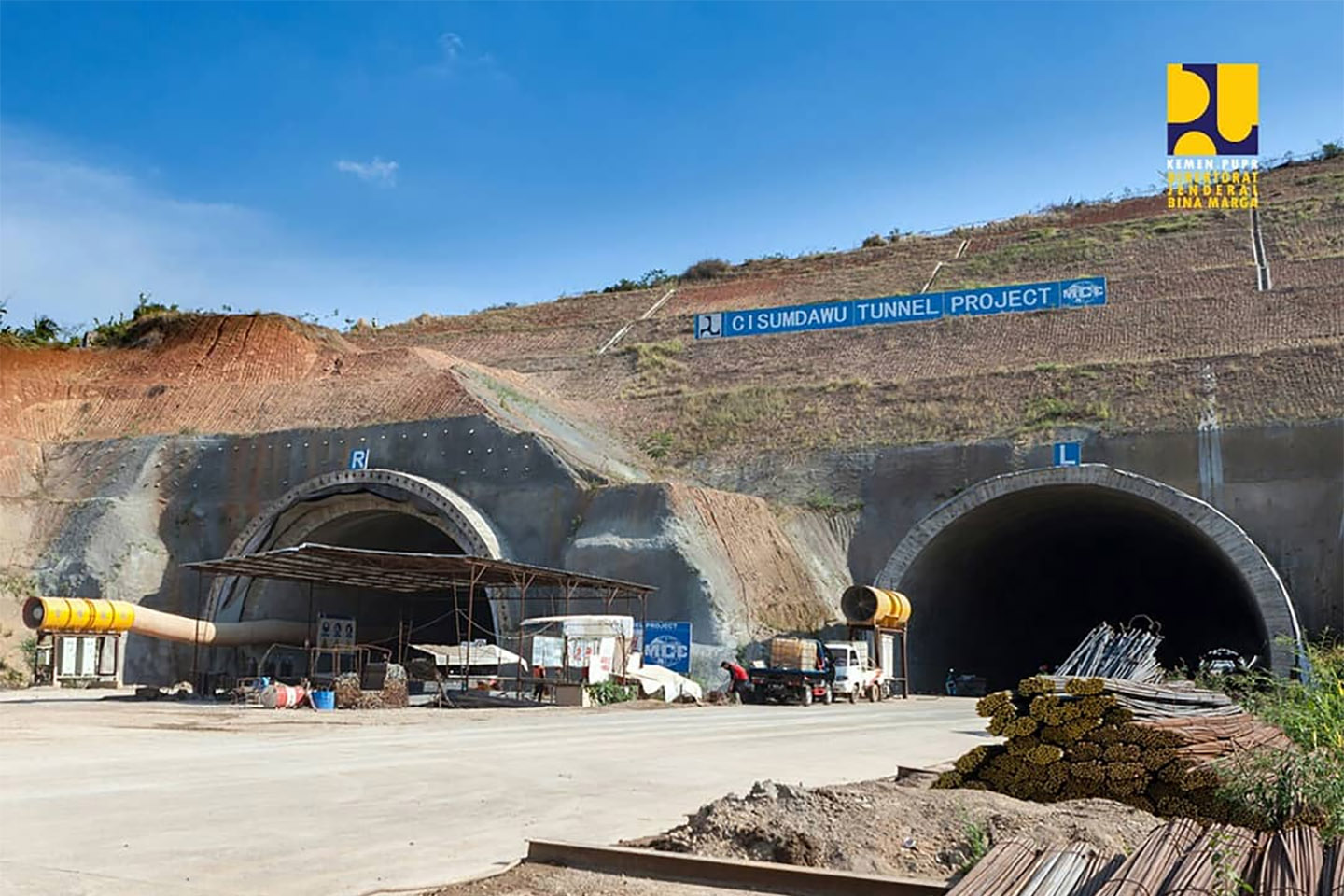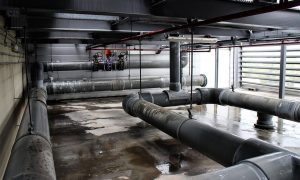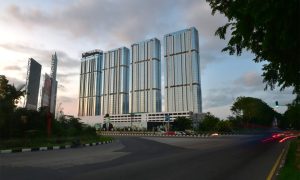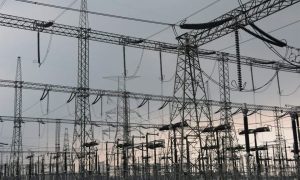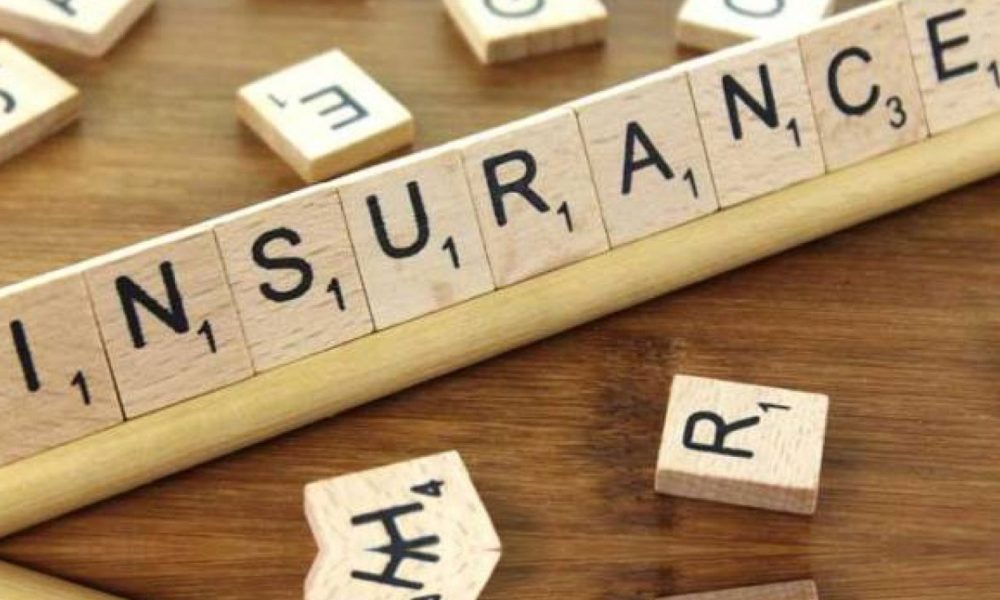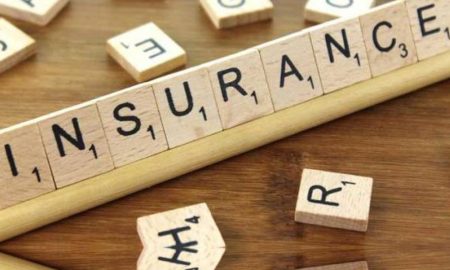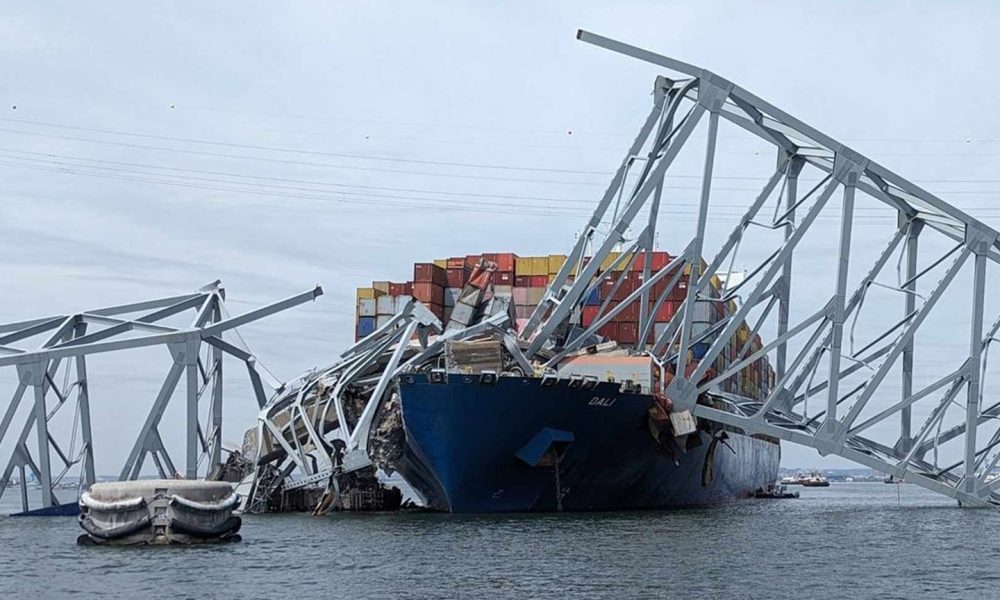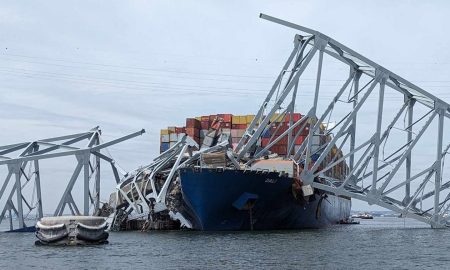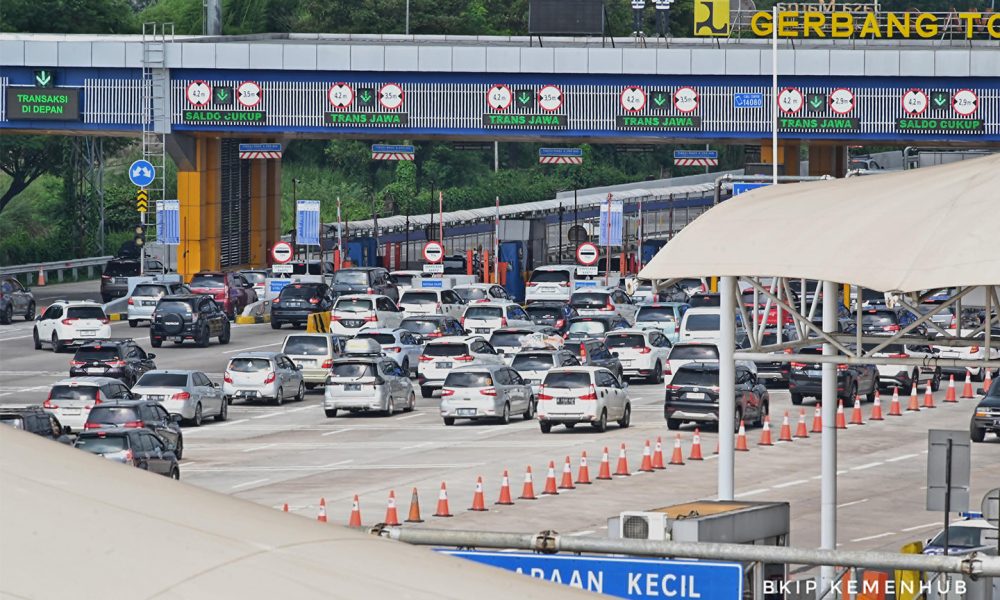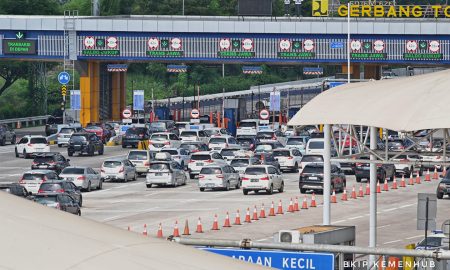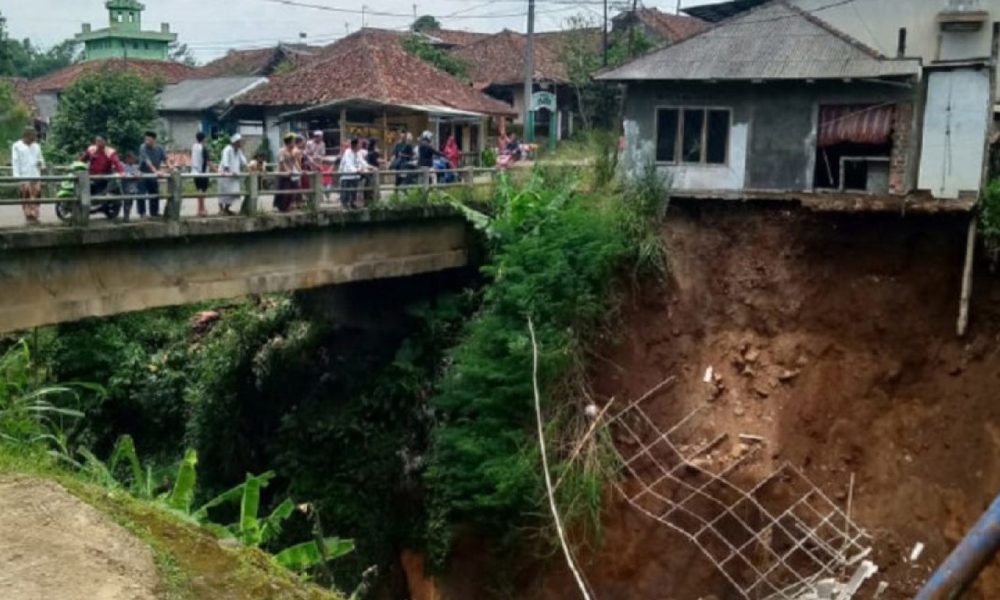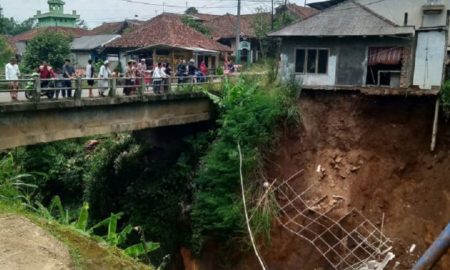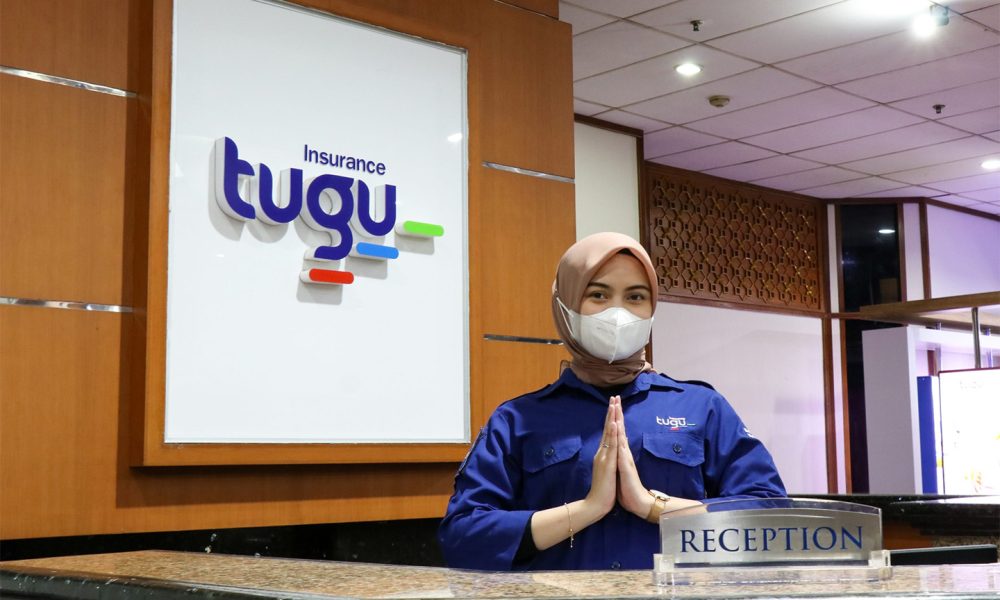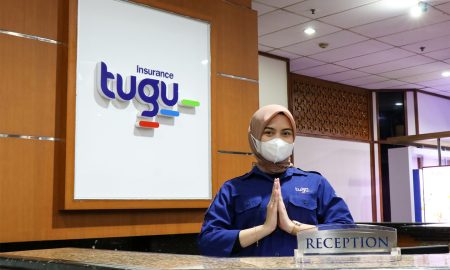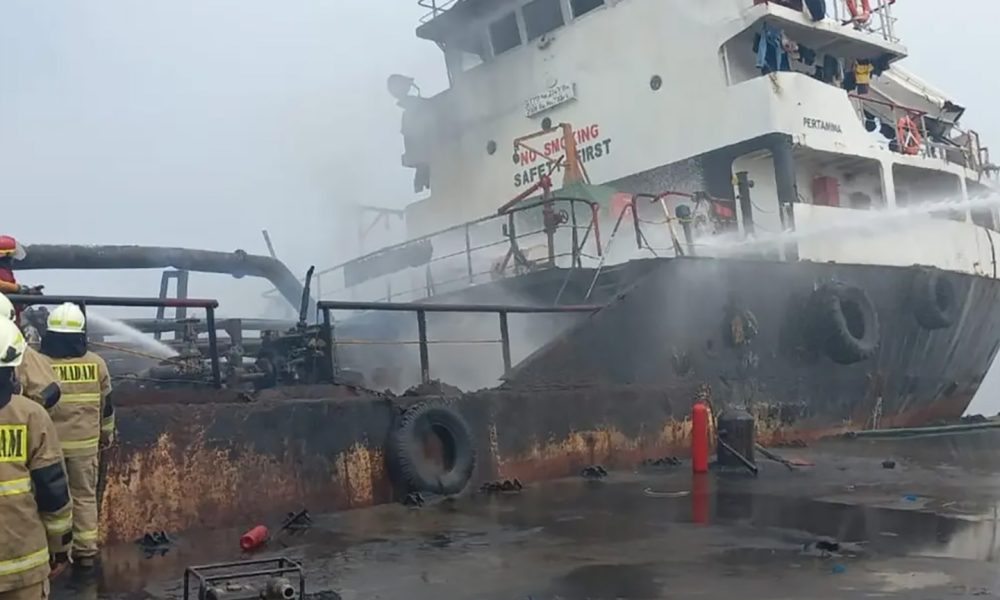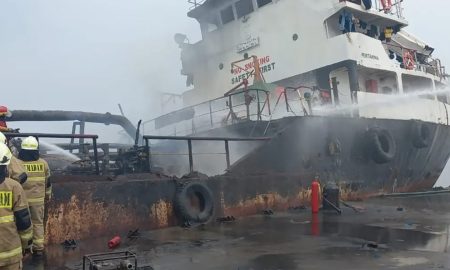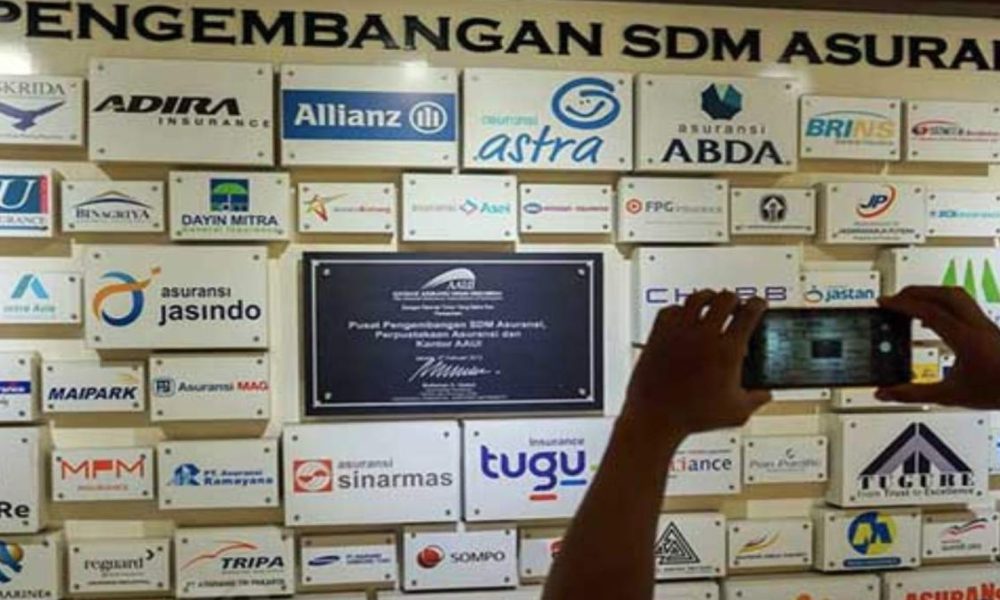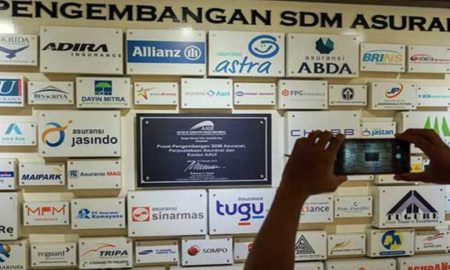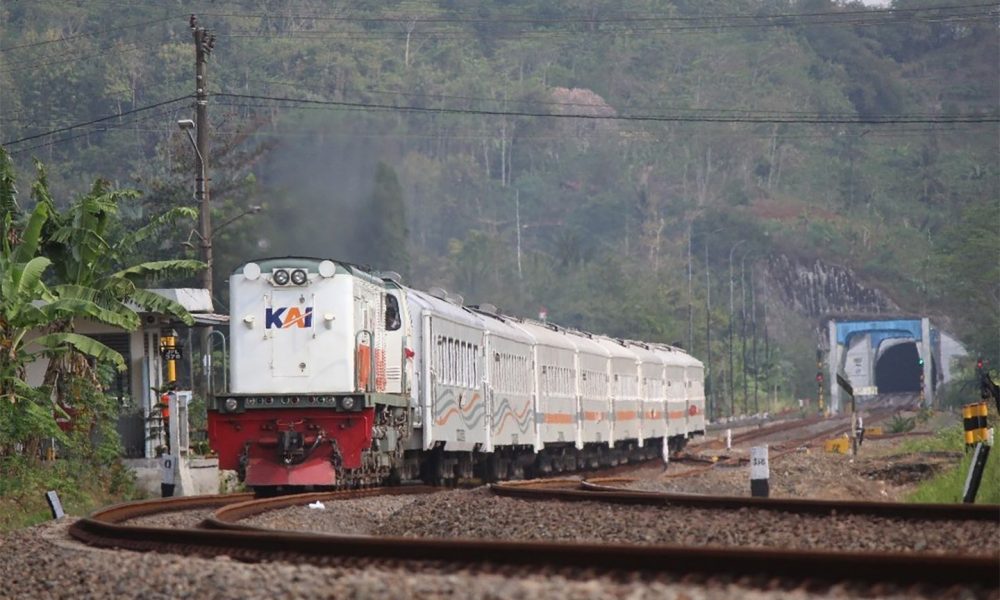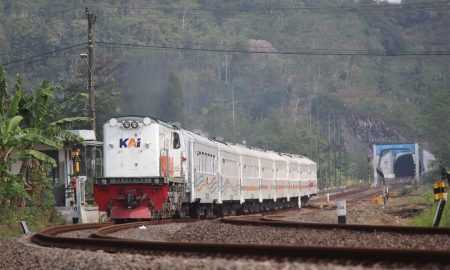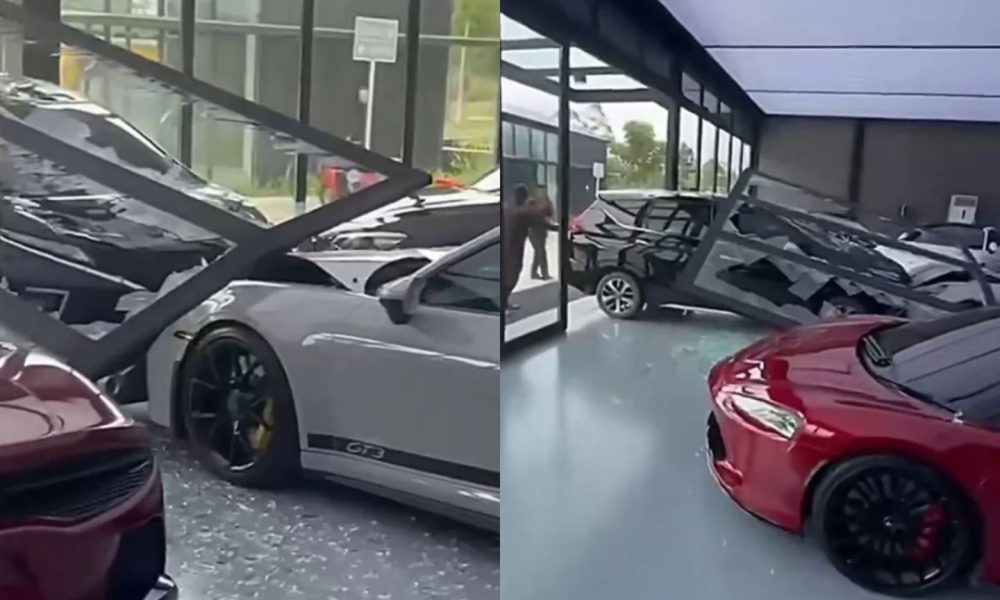Liga Asuransi – Dear readers, how are you? Let’s continue our discussion on risk management and insurance, this time we will be discussing the risks of tunnel construction work.
Indonesia has a strong commitment to building a large amount of infrastructure to increase economic growth and people’s welfare, the government has built several tunnels for transportation and is still to build more infrastructure projects.
As a senior insurance broker, here we want to share with you the risk review and insurance consideration for the tunnel construction project.
We hope that this can be of assistance to you in anticipation of the risk of such kinds of projects. If you are interested, please share it with your colleagues so that they also understand as you do.
As you might be aware that one of the sizable tunnel projects currently under construction is the Jakarta Bandung high-speed rail line known as the Indonesia China High-Speed Train (KCIC) project, it has a total of 13 tunnels.
The history of railway tunnel construction in Indonesia has started in the 19th century, starting with the construction of railway tunnels in the Ranah Minang, namely:
- Anai Valley 1, 1890-1891 with a total of 100 m, Padangpanjang – Anai Valley, West Sumatra.
- Anai Valley 2, 1890-1891 200 m Padangpanjang – Anai Valley, West Sumatra.
- Kupitan 1892, 894 600 m Muara Kalaban – Padang Sibusuk, West Sumatra.
Meanwhile, the construction of toll roads in Indonesia has now also gone through tunnels. Some are already completed, and some are yet still to be built.
The following is a list of tunnels for toll roads in Indonesia:
- Yogya – Bawen Toll Road section 5 from Temanggung to Ambarawa will be built a tunnel through the hilly area, precisely STA 20 + 300 to STA 20 + 800.
- Cileunyi – Sumedang toll road – 472-meter long with a diameter of 14 meters.
- The Padang – Pekanbaru toll road uses tunnels to Barisan hills in Sumatra with a total length of up to 8.95 kilometers.
- Palembang – Bengkulu Toll Road uses tunnels to penetrate the Barisan hills in Sumatra.
- The 95 km Linggau – Curup – Bengkulu toll road has a tunnel to penetrate the Bukit Barisan area.
- Submarine Tunnel Toll at New Capital City (IKN) in Penajam, Kalimantan. To connect the IKN area in Penajam Paser, East Kalimantan, an undersea tunnel toll road will be built. Which is connected from the Balikpapan – Samarinda toll road.
As we all know that every construction project is always faced with the possibility of various occurrence kinds of risks. The higher the level of complexity of a project, the greater the level of risk that might happen to the project.
Tunnels are dug in types of materials varying from soft clay to hard rock. The method of tunnel construction depends on such factors as the ground conditions, the groundwater conditions, the length and diameter of the tunnel drive, the depth of the tunnel, the logistics of supporting the tunnel excavation, the final use, and the shape of the tunnel and appropriate risk management. Tunnel construction is a subset of underground construction.
Mostly, tunnels are underground passages used for transportation. They could be used for carrying freights and passengers, water, sewage, etc Tunnels are more economical than open cuts beyond certain depths. Tunnels avoid disturbing or interfering with surface life and traffic during construction
There are three major risks associated with tunnel construction projects:
- limited information on site conditions,
- selection of the appropriate construction method,
- and the occurrence of unpredictable events.
What are underground construction hazards and risks?
Underground construction projects differ from other construction types and are project-specific due to the environments in which the construction takes place.
The underground environment is diverse and fewer risks are foreseeable before project implementation.
The structure of such an underground work is influenced significantly by nature. Rugged geology co-exists with structures built through human efforts.
Therefore, a successful outcome can only exist where there is a mutual symbiosis between natural and human factors.
Underground construction contracts must, therefore, anticipate a higher level of risk that can never be fully eliminated.
As the work takes place in natural surroundings, the characteristics and behavior of these surroundings are not always foreseeable. A final prognosis can only be defined during the realization phase.
Geology-related anomalies are ranked among the major hazards, for example, excavation instability. Should the necessary measures not be taken correctly and in time, these instabilities can spread and reach breaking point. Depending on the conditions and size of the rock cover, breaking point can result in cave-in phenomena that pose a threat to surface structures above the underground works.
The following problems are among the main tunnel construction hazards:
- ceiling collapses up to the surface.
- CO2.
- collapse of tunnel ceiling (ground arch) at the heading, resulting potentially in:
- damage and destruction of water courses near the tunnel by mine water discharges that may have substantially changed their chemistry (for example, concrete extracts);
- damage due to pressure grouting compacting the rock massif or due to anchor grouting (damages to power and service utility lines, surface swelling);
- dangerous gas or radiation bursts into the tunnel from:
- drawdown, destruction of water wells around the tunnel.
- excessive growth of convergences – tunnel profile squeezing, primary lining deforms aggressive groundwater inflow into the tunnel.
- excessive overbreak.
- excessive surface sinking above the tunnel and related impacts on surface structures, power, and service utility lines.
- face fall-out on the tunnel.
- improperly selected and implemented tunnel insulation and water infiltration into the tunnel.
- loss of tunnel face stability.
- low stability of tunnel face.
- methane.
- natural gas from ruptured piping.
- occurrence of stray currents.
- portal collapse.
- sudden water/mud/runny sand breakthrough into the tunnel.
- tunnel bottom growth, lining pervasion into the soft subsoil.
List of World’s Tunnel Accidents:
- Great Belt Link Fire (Denmark, 1994, damage $33 million),
- Munich Metro Collapse (Germany, 1994, damage $4 million),
- Metro Taipei Collapses (Taiwan, 1994 and 1995, combined total damage $24 million),
- Metro Los Angeles Cothe collapse (the USA, 1995, $9 million),
- Hull Yorkshire the Collapse (the UK, 1999, $55 million),
- TAV Bologna-Florence Collapse (Italy, 1999, damage $9 million),
- Anatolia Motorway Earthquake (Turkey, 1999, damage $115 million),
- Metro Taegu Collapse (South Korea, 2000, damage $24 million),
- TAV Bologna-Florence Collapse (Italy, 2000, damage $12 million),
- Taiwan High-Speed Railway Collapse (Taiwan, 2002, damage $30 million),
- SOCATOP Paris Collapse (France, 2002, damage $8 million)
- Shanghai Metro Collapse (China, 2003, damage $60 million).
Currently, different tunnel construction methods are used according to the geology, type of overburden as well as seismic and noise restrictions, as mentioned below.
Cut and Cover method
This method is commonly used to construct shallow tunnels. This method involves the cutting of a trench in the soil, and tunnel box elements are installed after which they are covered over to reinstate the surface by a support method that can bear the load.
Bored or Mined Tunnelling
In this method, the tunnels are built without excavating the ground surface. This method is enabled using Tunnel Boring Machines (TBMs). These allow tunnels to be excavated in a wide variety of ground conditions and beneath towns, cities, rivers, and even tall buildings. They do this by maintaining the static pressure of the existing ground to virtually eliminate settlement, thereby avoiding damage to surface buildings or structures.
TBMs are also able to install a concrete ring for permanent ground support when the tunnel is in operation. Bored or mined tunneling can be sub-divided as follows:
- Soft Ground Tunnelling
This would typically be described as tunneling through non-self-supporting materials such as Sand, Marine Clay, or a mixture of both, with MPa levels of around 40 or less. Examples of tunnels on soft ground can be metro’s and road tunnels.
- Hard rock Tunnelling
As the name suggests, the geology will typically be through hard to very hard rock with MPa levels of greater than 100.
Excavation would be done with specially adapted TBM which can cope with highly abrasive conditions in largely self-supporting geology.
In such geology, hard rock tunnels can often remain unlined and are used for water transfer or hydropower plants. They can also be used in mountainous regions.
- Micro tunneling and Pipejacking:
This method is used for relatively short and correspondingly small diameter tunnels, mainly used by the utilities construction sector. This allows for cables and pipes to cross beneath roads, rivers railway lines, and even airport taxiways and runways without disrupting any surface traffic. The principle of excavation is based on “State of the Art” full-face tunnel boring machines (TBM).
Risk Management and Insurance on Tunnel Construction
Based on historical data from tunnel construction many problems and even failures of tunnel construction caused by various factors have been noted and it can have an impact on project delays. Risk management is expected to reduce the adverse impact of risks faced during construction work.
Tunnel construction needs management handling with high risk, so it is necessary to identify risks that can minimize bad risks.
Risk management is expected to reduce the adverse effects of risks faced in construction work. It is necessary to perform risk identification to manage the risks that we will face.
To successfully improve the performance of tunnel projects, we need to identify various risk factors in a project for efficient project fulfillment.
The following are steps need to be taken in the risk management of tunnel construction:
- Use of the ‘standard forms of contract’ and technical standards.
- The contract should include a risk allocation and sharing clause, concerning geology or unforeseeable physical conditions.
- The contract should include a provision regulating the geo-monitoring process.
- The contract should include a provision allowing variations and implementing value engineering.
- The owners must have sufficient knowledge of geological risk control. If lacking this knowledge on the side of its staff, they are obliged to hire a consultant or a contractor able to meet this requirement.
- The owners are obliged to invest sufficient funds in geological and hydro-geological surveying. This allows bidders to prepare and price the offer in respect of the known ground conditions and related risks in connection with tunneling.
- The owners are also obliged to have sufficient funds and time for project preparation.
- A project may be deemed ‘uninsurable’ where the above requirements are not met. This is a project commencement obstacle.
Type of insurance needed for Tunnel Construction
The following are types of insurance policies that are needed for tunnel construction works:
- Construction All Risks Insurance and Third-Party Liability Insurance (CAR/TPL)
- Workmen’s Compensation Assurance (WCA) – BPJS TK
- Employer’s Liability
- Construction Plant and Machinery (CPM)
- Marine Cargo Insurance
- Motor Vehicle Insurance
Why for tunnel construction insurance you must use the services of an Insurance Broker?
Tunnel construction is not easy work. Not many insurance companies are willing to provide insurance coverage.
It requires extensive insurance knowledge and experience in engineering insurance and knowledge of risk management so that insurance coverage is maximized.
The best way to arrange insurance for tunnel construction is to always use the services of an authorized insurance broker company registered with the Financial Services Authority (OJK).
Insurance brokers design insurance programs that best suit your project’s risk conditions. Find an insurance company that can cover risks at a competitive premium rate.
An important benefit of using the services of an insurance broker company is that you will get help in resolving claims for free. The insurance broker also acts as your advocate for the settlement of insurance claims.
One of the insurance brokers companies with extensive experience in the field of construction insurance in Indonesia is L&G Insurance Broker.
For all your project insurance needs please contact L&G now!
Source:
- https://lawexplores.com/risk-in-underground-construction/
- https://ascelibrary.org/doi/10.1061/9780784479827.241#:~:text=There%20are%20three%20major%20risks,the%20occurrence%20of%20unpredictable%20events.
- https://www.ipspowerfulpeople.com/blog/five-different-tunnel-construction-methods/
- http://www.doiserbia.nb.rs/img/doi/0354-4605/2020/0354-46052003261M.pdf
—
Looking for Insurance Products? Don’t Waste Your Time and Contact Us Right Now
L&G HOTLINE 24 HOURS: 0811-8507-773 (Call – Whatsapp – SMS)
website: lngrisk.co.id
E-mail: customer.support@lngrisk.co.id
—



